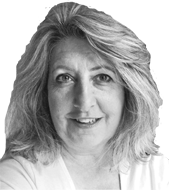IT’S one of those touchdown-takeoff weeks at home in Cuffesgrange for Marion Hughes. Just back from Vilamoura, she leaves next week for California and Florida while husband Miguel Bravo and stable jockey Mikey Pender head eastwards.
“We’ve two horses going to Doha next week: Calais and Catwalk. They’re on their way up from France to Liege, where the horses fly out from.”


 This is a subscriber-only article
This is a subscriber-only article
 It looks like you're browsing in private mode
It looks like you're browsing in private mode







SHARING OPTIONS: